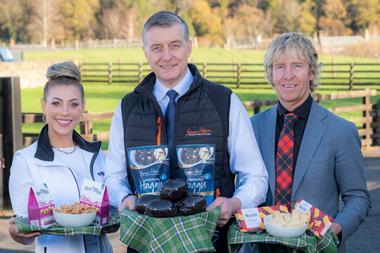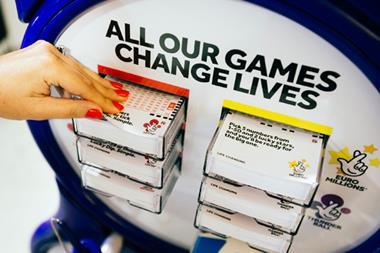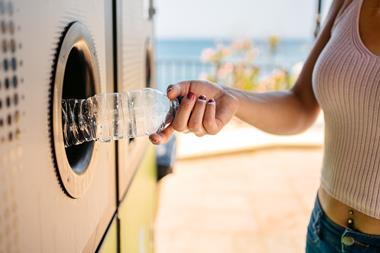The hot beverages category is worth more than £1.35bn with all but 2.1% of British households purchasing the category last year - buying every 2.5 weeks and spending £2.70 per trip. Hot beverages is in value growth (2.1%) fuelled by increased spend per trip and aided by premiumisation. However, growth is behind that of ambient grocery, which is at 3.9%. The two main growth areas in the category are roast and ground coffee and standard tea, bringing in £15.5m and £17m extra respectively over the past year.
Consumption of hot beverages is in long-term decline, while cold drinks, such as fruit juice, squash and mineral water steal share. Health concerns are not only about food, they are also rising in relation to hot drinks.
An older demographic profile is common across hot drinks categories. Hot chocolate and malted drinks provide the only real divergence from this. A total of 82% of hot drinks are consumed at home. Tea is the most popular breakfast drink while a morning coffee break provides an energising pre-lunchtime boost.
Roast and ground is worth £132m, with growth of 13% and taking 9.7% value share of hot beverages. It performs well, despite little change in shopper numbers, as people spend more per kg and more frequently. Price is being driven up by premium products such as Fairtrade and ethical and pods, and a fall in the volume on promotion (25% this year from 30% in previous year).
Instant coffee is declining in both volume of serves (-2.5%) and value (-0.6%). This is driven by shoppers buying less on average than last year. The value decline is being stemmed by shoppers moving from regular and economy coffee to higher-priced premium, connoisseur and speciality. Tea, although in volume decline, is growing ahead of hot beverages at 3.9% in value. A shift back towards branded offerings is driving up the price, with brands commanding a 79.4% share of the market, up from 76% last year. Increased marketing activity and NPD such as that from Twinings have helped the sector.
Hot beverages are seasonal - most marked within hot chocolate, sales drop by more than 50% during summer. The recent rain and cold weather this May/June appear to have kept sales buoyant, up 14% on the same four weeks last year.
Katie Edmondson, TNS Worldpanel















No comments yet